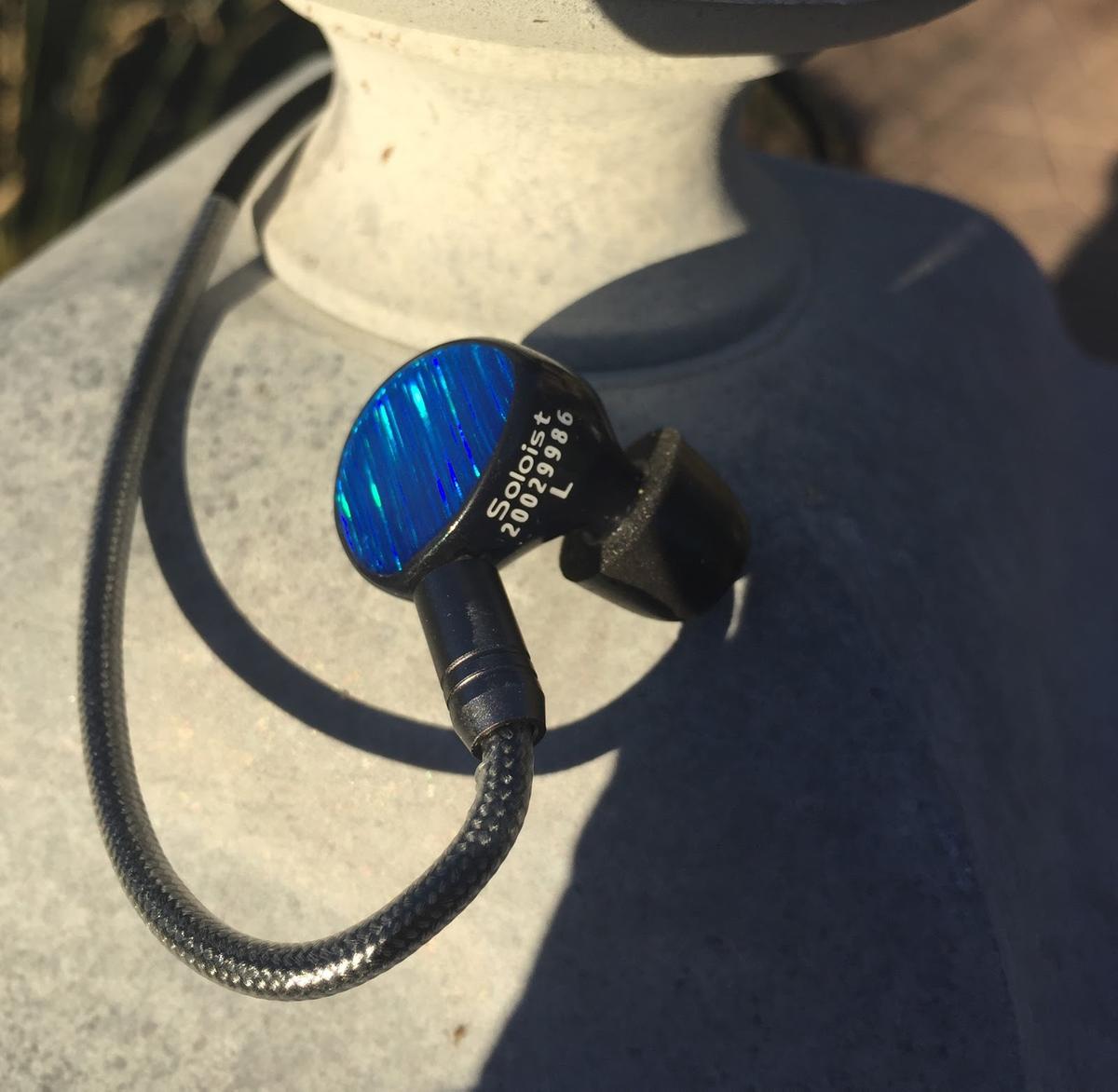Shuoer is back from the lab with another industry first. This time, they’ve put a Kevlar dynamic driver in an IEM, promising, and delivering, exceptionally smooth and velvety bass and treble.
One could never accuse up-and-coming Chinese IEM manufacturer Shuoer of being afraid of innovation. Over the last year, they’ve broken out of the gate at a full gallop, quickly releasing a wide range of products of varying types, featuring dynamic, balanced-armature, and electrostatic drivers, alongside other exotic technologies and innovations.
When I reviewed the Shuoer Tape half a year ago, I was excited to see an electrostatic tweeter (EST) in a budget IEM, and, while I took issue with some of Shuoer’s tuning choices, I was excited to see how they’d develop the product.
Little did I know that 6 months later I’d be reviewing a completely different product – the USD$160 Soloist features a single dynamic driver (DD). If that sounds a little tame for Shuoer, worry not – the Soloist’s driver separates itself from the crowd by being an industry-first (liquid silicone-fused) Kevlar dynamic driver.
- Smooth, pleasant bass
- Good technicalities
- No issues in treble
- Unpleasant upper midrange emphasis
- Plasticky build
- Sucked-out, thin lower midrange
The purpose of the Kevlar driver is, I suspect, to raise the stiffness of the driver relative to its weight. You may recall that Kevlar is used regularly in protective combat gear of various kinds; according to Wikipedia, its tensile strength-to-weight ratio is five times that of steel. Popular wisdom goes that the stronger and lighter the driver, the lower the distortion.
But of course, not knowing the exact makeup of Shuoer’s new driver, I can’t make any objective statements on the performance of the product. What I can say is that the Soloist promises to deliver a “smooth transition across the frequency spectrum,” allowing for a “non-fatiguing listening experience for hours on end.”
Technical Specification
The Soloist’s Kevlar dynamic driver doesn’t deliver distortion that I’d call earth-shattering, it is pretty low at a max of 0.7%. Otherwise, it’s a mishmash of fairly predictable statistics. There’s certainly nothing very wrong here.
- Impedance: 32+/-2 Ohms
- Sensitivity: 105+/-1 dB/mW
- Distortion: 0.5%+/-0.2%
- Net weight: 6.5g
- Connector: 0.78 2-pin
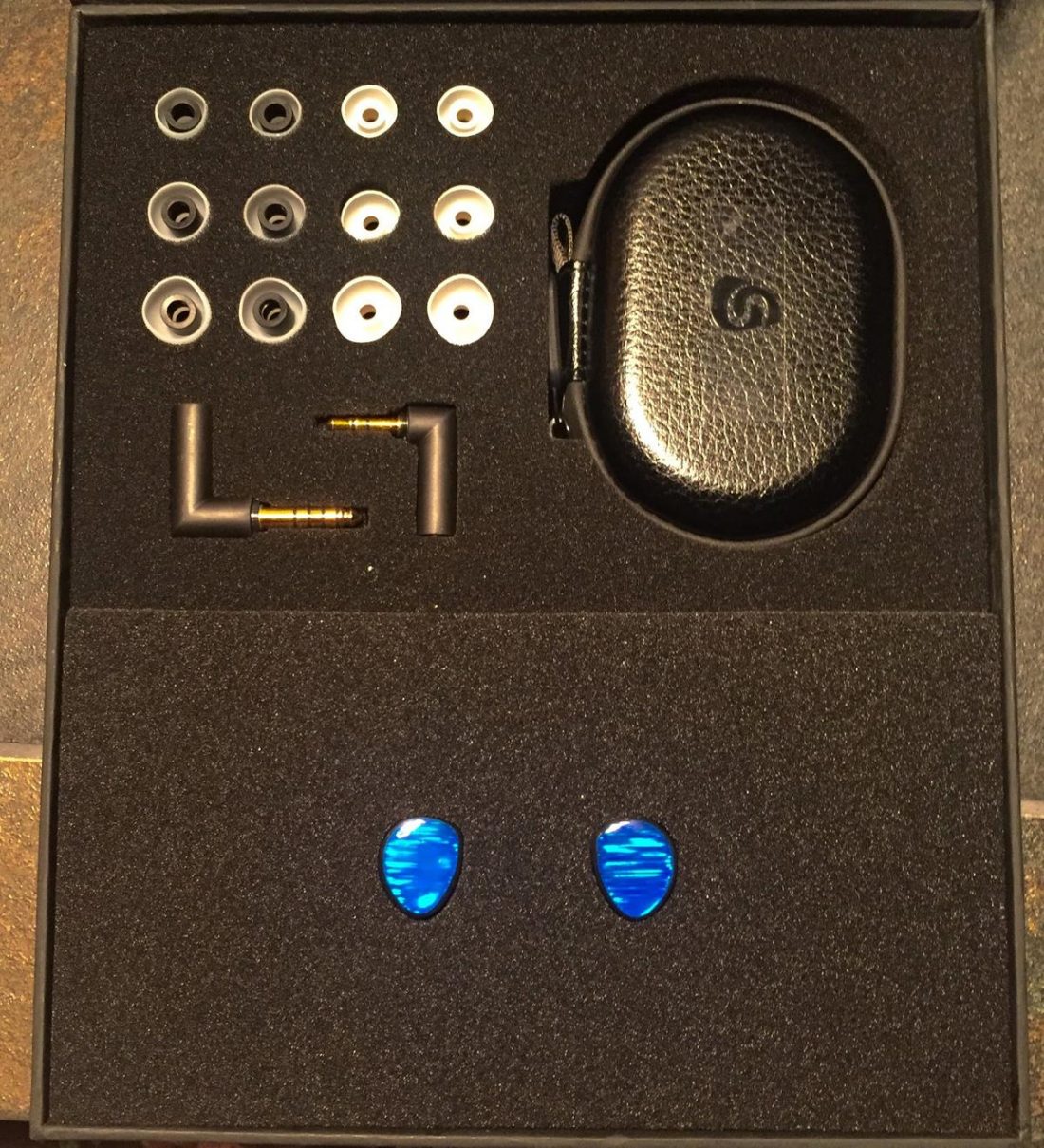
Comfort and Build
Something every reviewer learns over the years is that there’s no real metric to describe IEM comfort. Personally, my ears reject plenty of perfectly comfortable IEMs…and to make matters worse, my ears are different shapes, which means I often have to rely on a combination of different tips per ear to get my IEMs to fit properly.
So take it with a grain of salt when I say that the Soloist didn’t really fit me. While I found the Tape bulky and cumbersome, the Soloist is actually a bit small, and the IEM’s shell struggles to find any purchase. It tends to slip out over time. Using the included foam tips, I can manage to make the IEMs stay in for an extended period of time, but even then they’re just kind of hanging there.
I think Shuoer could have enlarged the shell of these IEMs by just a bit to make it more stable in your average ear.
Where build quality is concerned, the Soloist feels a bit cheap, with a glossy, lightweight black plastic shell. The glittering faceplate adds some intrigue to the design, but it doesn’t make it feel particularly more “premium.” The cable, on the other hand, is relatively nice, wrapped in black fabric, but it’s still not exactly “premium.”
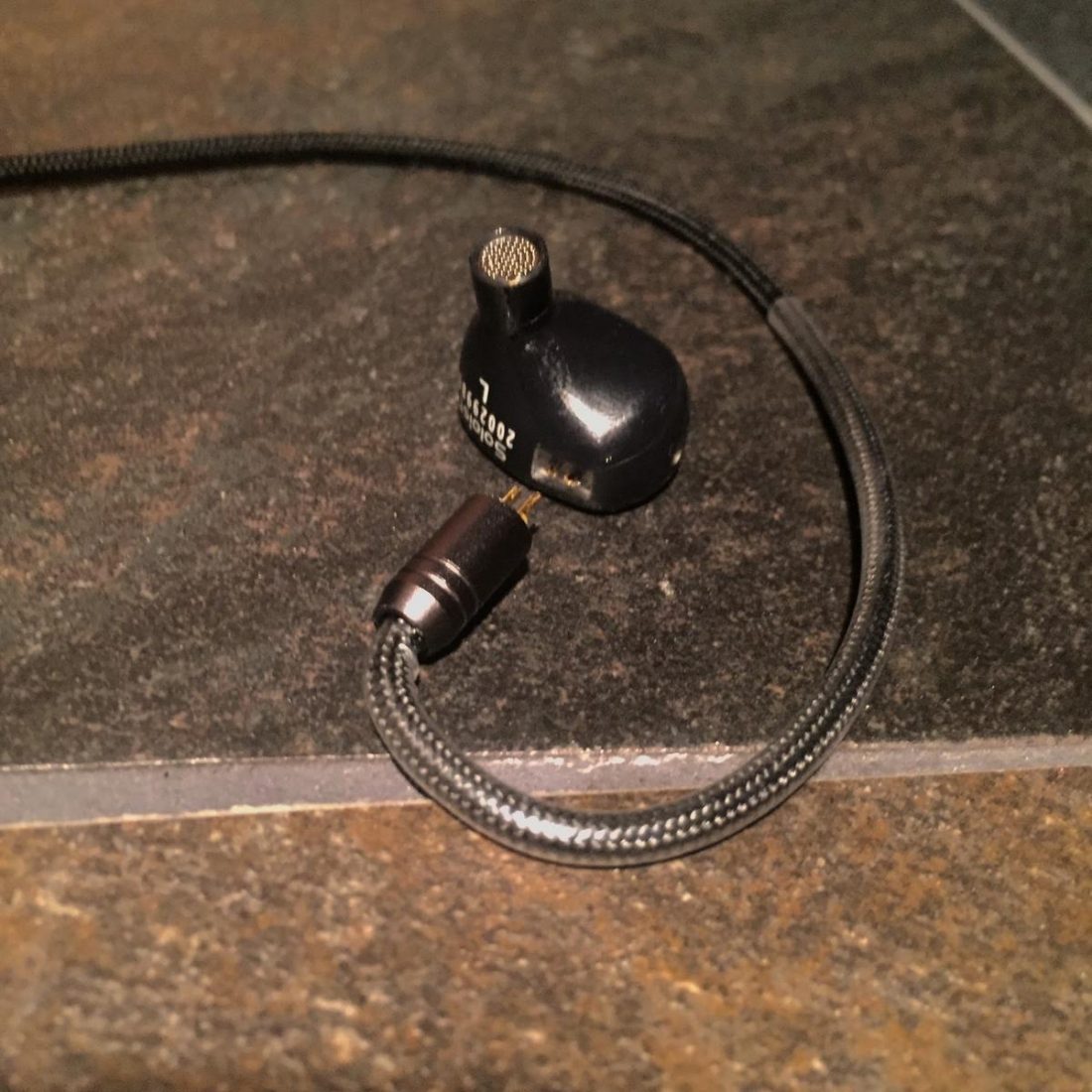
Sound
While Shuoer’s IEMs have been all over the map in terms of driver architecture, what I’m hearing with the Soloist is actually not far off from what I heard with the Tape. If these two examples are representative of the entire range of Shuoer products, they certainly have a house sound.
Unfortunately, it’s still not quite up my alley sonically. While it’s reassuring to know that Shuoer is sticking to a target, there are some things that I’d ideally like to see slightly changed in future Shuoer releases.
The Soloist’s sound signature is largely defined by two areas of exaggerated presence: the bass, and the upper midrange. As such, the Soloist’s sound signature is sort of like a modified V-shape – or perhaps a W-shape with the final upward slant missing, or an M-shape that actually has subbass.
Whatever you want to call it, the Soloist inherits the various benefits and disadvantages of a V-shaped sound signature. The benefits are a combination of bassy energy and clarity – it certainly slams, but it’s not muddy. The drawbacks are a slightly off midrange and bass that’s really too prominent for a lot of acoustic music.
Unfortunately, the Soloist is pretty genre-constrained – while listening to EDM (electronic dance music) or hip-hop might be relaxing and enjoyable, trying to listen to acoustic music or even older pop with the Soloist is an exercise in futility. I’ll get more into why this is as I describe the sound signature more specifically.
Bass
Like the Tape, the Soloist has deep, impactful bass with great extension and a good sense of heft and rumble. The texture is quite nice: the resolution isn’t the greatest of all time, and it has a tendency to get a little rubbery, but for the price, it’s definitely above average.
While some DD and hybrid IEMs have a tendency towards aggressive, meaty, slightly bloated bass, the Soloist has none of this bloat. It can hit when needed, but most of the time I find the bass quite mellow and – dare I say? – “sweet.” I know, vague term, but what I mean is that it doesn’t seem to want to attack your ears as much as other IEMs I’ve heard, instead favoring a creamy smoothness.
However, the bass boost causes the usual problem of volume inconsistency. Tracks with a lot of subbass will sound much louder than tracks that are more midbassy. In addition, I find that sometimes bass guitars and basslines can pick up volume as they go lower and lower, and peter out as they ascend toward the midrange.
While I appreciate the boosted bass for some genres, it means that I find myself turning the volume up and down between tracks more than I would for some other headphones. The bass isn’t the only contributing factor to that, though.
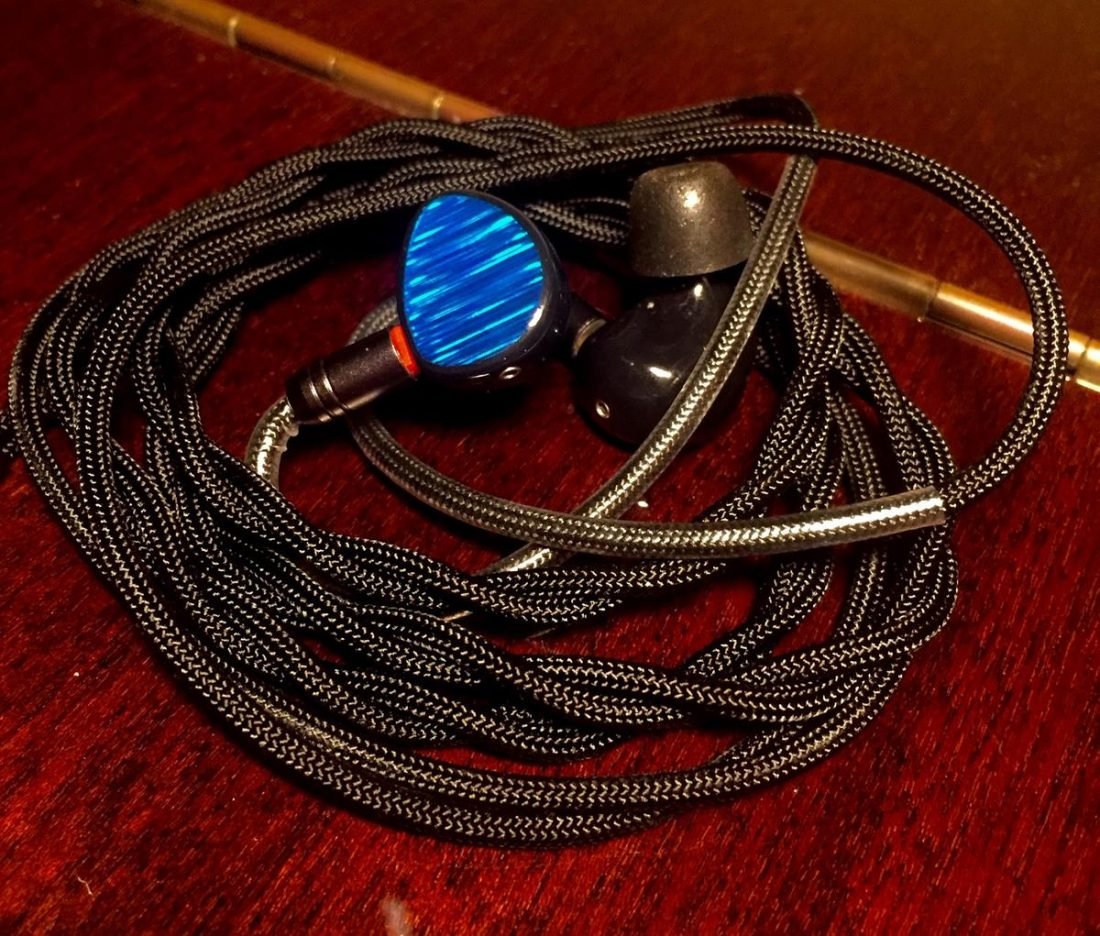
Midrange
Like the Tape, the Soloist has something of a hole in the lower-to-middle midrange, combined with a sharp, obvious peak in the upper midrange (~3-4kHz), probably a few dB above neutral.
For some electronic music, this can make it sound engaging, energetic, and clear. For genres like EDM and other fast-paced dance music, a warm midrange can kill the vibe and make things sound too warm and muddled. For these genres, the Soloist’s V-shaped sound signature works rather well.
For quite a bit of acoustic music, though, the Soloist can take on somewhat of a hollow sound. Voices and instruments simply tend to have a bit too much “presence” and not quite enough “body.” In some cases, instruments can come off as quite shouty as well – cellos, for example, have a kind of bright edge to them.
The shouting presence in the upper mids also makes the Soloist rather unforgiving to bad recordings. As I noted in my Tape review, Kate Bush’s The Dreaming is unlistenable on these.
Overall, I would say that the Soloist’s midrange lacks the realism to be convincing to me. For some genres, the tuning works well, but for others, it really fails.
Treble
The Soloist’s treble is nice and clean, with no real missteps, but no real outstanding qualities either. It’s nice and clean, not boosted at all, with no hugely noticeable peaks or dips. It sounds well-extended to me. There’s no huge timbral issues, a cymbal sounds like a cymbal, and all is right with the world.
The big upper midrange boost does somewhat bleed into the lower treble, leading percussion with a lot of lower-treble presence to be ear-splitting at times.
Otherwise, the resolution is, I think, sufficient for the price. I do think the Tape managed to best the treble resolution of the Soloist, although I don’t have them on hand for a head-to-head comparison, but, I mean, it’s not bad here at all.
Compared to the Etymotic ER2SE, I think the Soloist wins by a hair in treble resolution, which is entirely appropriate, given the price difference. But the ER2SE is quite good for its price, meaning the Soloist is certainly above average at the very least.
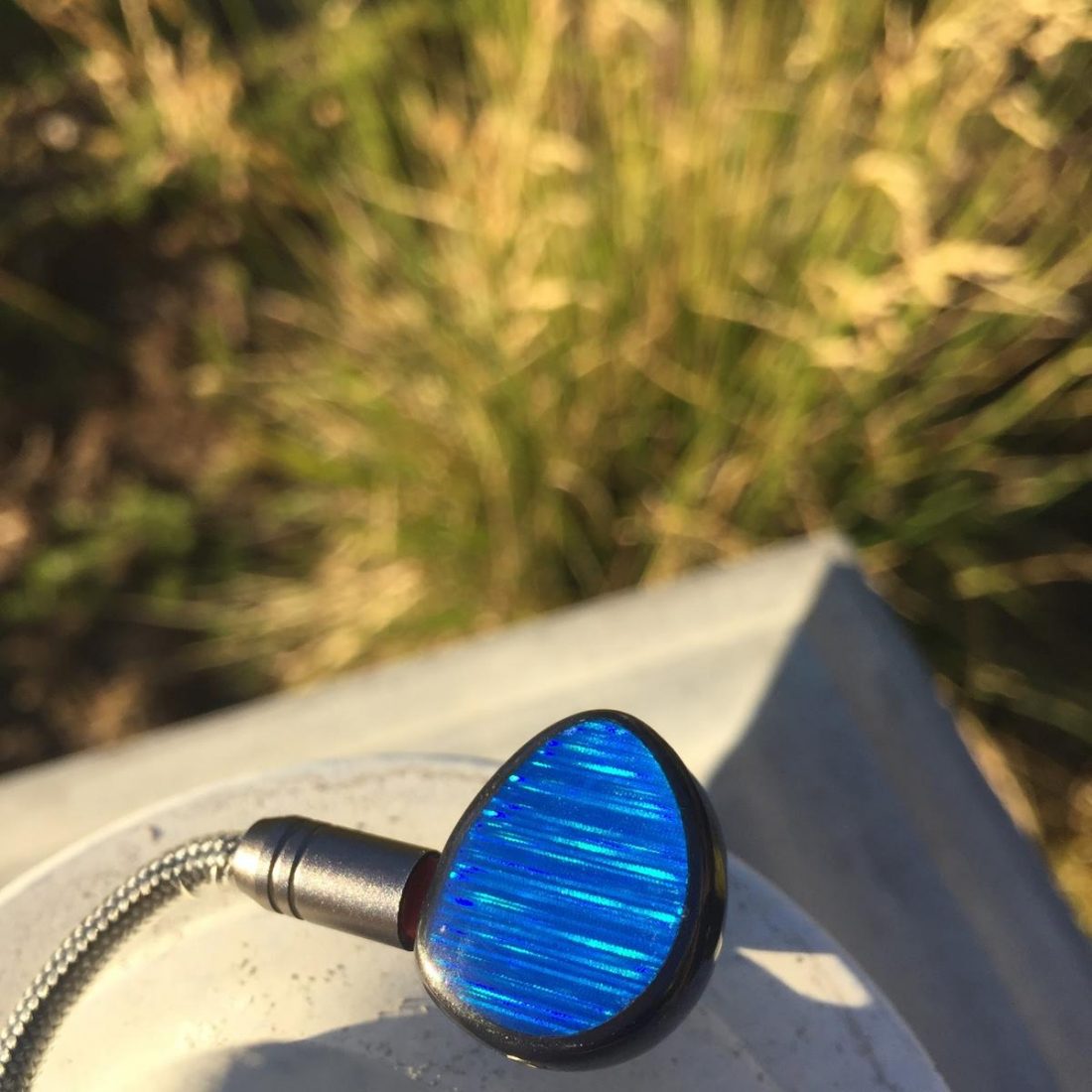
Conclusion
While the Soloist is an overall better performer, in my opinion, than the Tape, its sound is altogether a bit more “normal” and less exceptional. The Tape, for all its flaws, was an exciting product that boasted very good treble detail for its price. The Soloist has a unique sound, but it doesn’t do anything exceptionally well.
But for $160USD, the Soloist has good technicalities. It has very nice bass – smooth, pleasant, impactful, not muddy. But, the transition between the midrange and the bass is a bit uneven – oftentimes, musical activity in the upper bass gets slightly lost.
And that shout! I can only hope that Shuoer eventually lessens the upper midrange emphasis that has dominated their house signature, because for me, it adds an unpleasant, astringent tone to their IEMs. It’s not a problem in all tracks, but it can get truly ear-piercing at times.
For those who can overlook the shout, and who want a smooth-sounding, bassy, pleasant IEM for their electronic music, I can overcome my reservations and recommend the Shuoer Soloist. But those looking for an all-rounder should look to a more neutral IEM.
